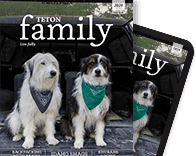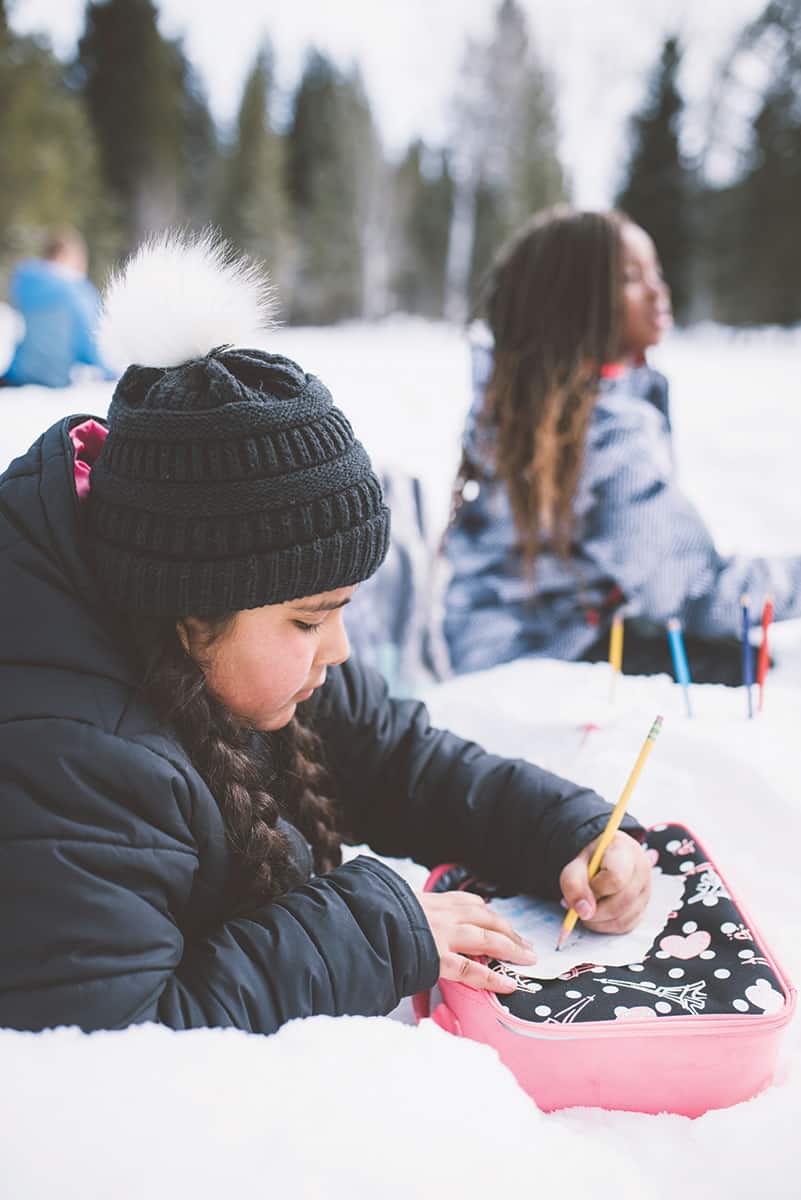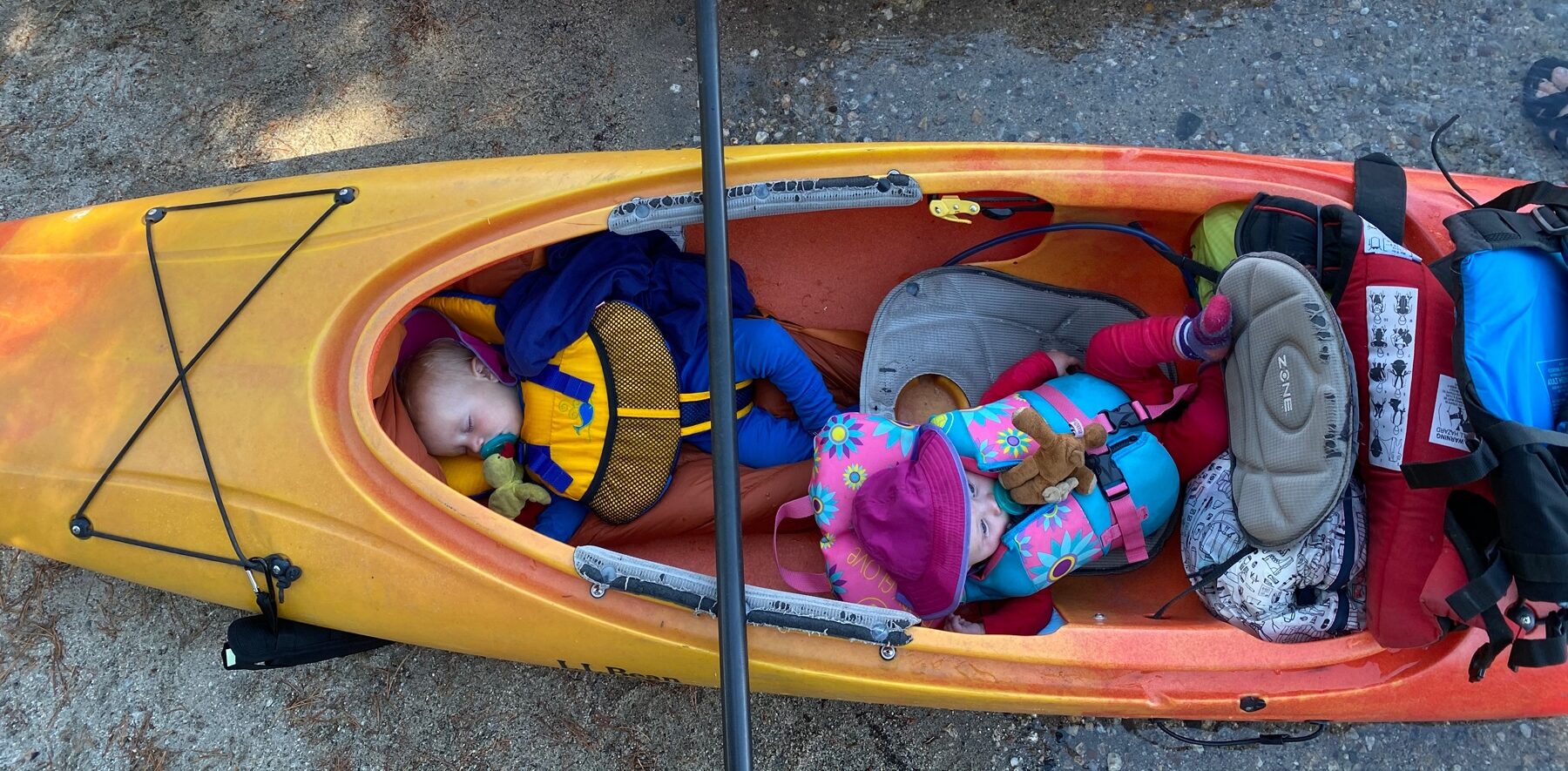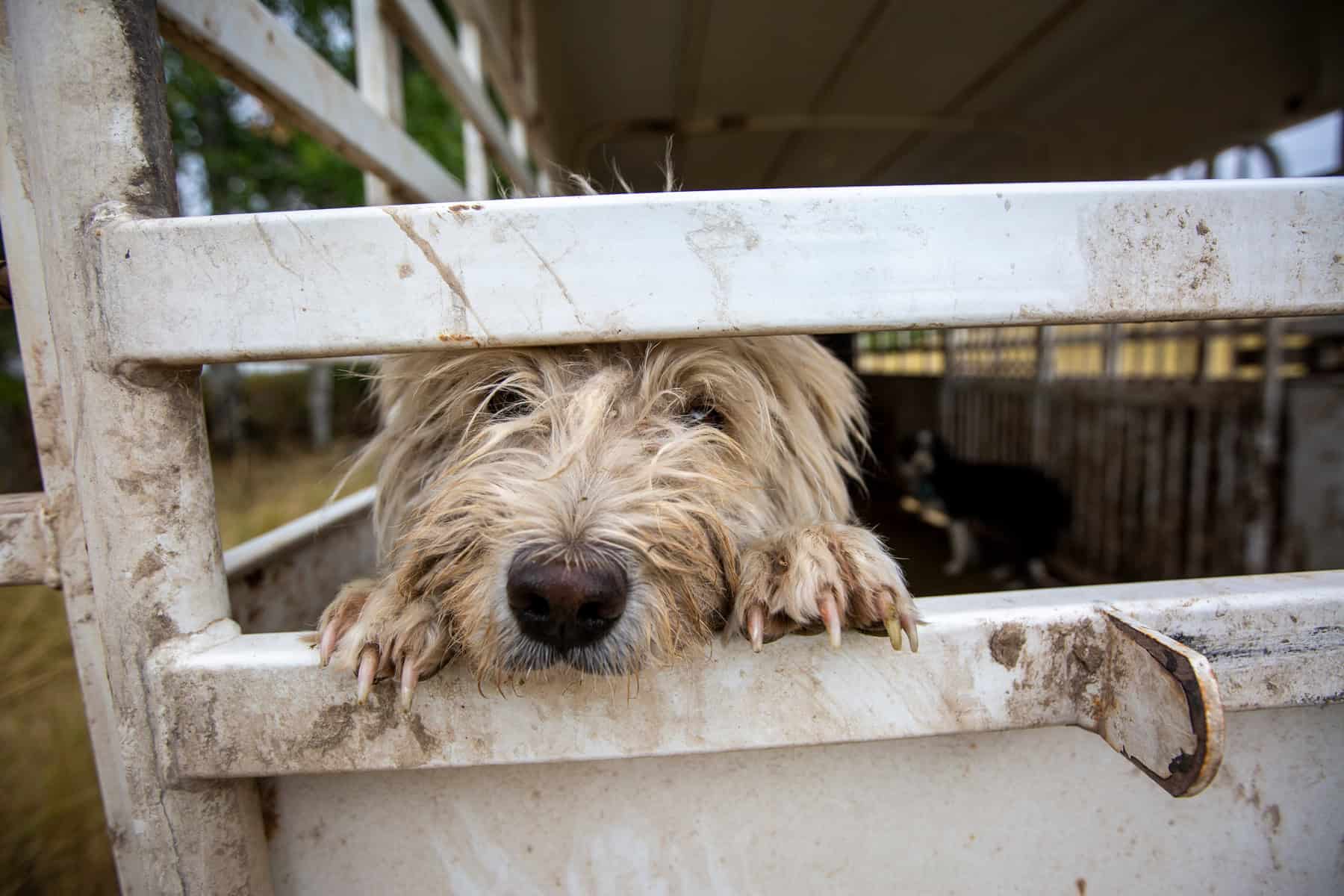By Melissa Young // Photography by Camrin Dengel
—

In groups of three and four, bundled in layers of fleece and snowpants with backpacks slung on their backs, 9-year-old students hiked up the trail to their outdoor classroom. There was laughter as they stomped through the snow, and exclamations of wonder as they picked out the tracks of the various animals heading to and from the river. The tracks helped form the students’ “forest stories,” as they eagerly searched out other changes that had occurred since they were in the same spot one month ago. Coming around a last familiar bend, they quickly headed to their favorite landing spots, sipped from their steaming thermoses of hot chocolate, and got ready for the lesson of the day.
Why nature-based education?
Forest education in schools and classrooms has a long history in European countries, yet it’s just taking root here in the United States. As more opportunities arise for students to participate in nature-based programs, families realize the indelible benefits and impacts this type of learning has on their children’s academic development.
Claire Warden, founder of Auchlone Nature Kindergarten in Scotland and board member for the International Association of Nature Pedagogy, is a forerunner in the research and development of nature-based education. She works closely with many experts in the U.S., including David Sobel of Antioch University in Culver City, California, a school founded on the principles of social and environmental justice, and Richard Louv, author of Last Child in the Woods. She explains that “the underlying themes and principles of nature pedagogy connect all of us into a global civilization no matter where in the world we are.”

What does this look like in a public school?
As fourth-grade teachers at Rendezvous Upper Elementary School (RUES) in Driggs, Renee Giallonardo and I have long incorporated student choice, nature-based play, and outdoor learning settings into our teachings. Together, we decided to pilot the idea of a forest-based curriculum for grade four. Supported by our principal, Kristin Weston, we decided to use a meadow off of the Sheep’s Bridge Trail in Teton Canyon (Alta, Wyoming) as our outdoor classroom and spend one full day each month in this space.
Over the course of the first year, we integrated research-based practices into the program. Students practiced mindfulness before hiking “to transition their minds, hearts, and bodies from inside learning to outside learning.” They also paid attention to the seasonal environmental changes that occurred each month. Safety guidelines were created with the help of students and were adjusted as the season and weather dictated. Common Core curriculum standards that were intentionally woven into nature-centric and place-based lessons—such as snow science and wilderness survival—helped foster skills not typically taught in a traditional classroom.
At RUES, the program’s success grew to include all six fourth-grade classes. Teams still visited the same spot for a full day each month, but left a full week of time in between visits to allow the space to return to its undisturbed appearance.

What type of lessons are learned?
The numerous benefits of forest education, with its focus on holistic teaching, quickly become evident within groups of students:
Academics are learned in a hands-on setting.
With grant assistance from the Education Foundation of Teton Valley and through collaboration with community partners, we were able to integrate a different relevant academic lesson on each forest trip. For example, mapping skills (a fourth-grade standard requirement for science and social studies), where students learned how to use compasses, avalanche beacons, and topographic maps in a real-world setting, were taught by Teton County Idaho Search and Rescue. Later in the year, students used their knowledge of the Lewis and Clark Expedition to create hand-drawn maps based on landmarks that lead to their outdoor classroom.

Place-based learning utilizes community partners.
Students worked with local experts to learn snow science and survival skills, which are essential for living in a mountain community like Teton Valley. They practiced digging a snow pit to check for avalanche danger, building a pit fire and shelter, and signaling for help when lost. Teacher Trunks, provided by the Teton Valley Land Trust, helped supply the needed equipment, and hands-on lessons taught by experts created a more meaningful learning opportunity for students.

Risky play helps with social-emotional development.
Arguably, the highlight of the students’ day in the forest was free exploration. With strong safety guidelines in place that focused more on helping each other and having a plan, rather than what is and is not allowed, kids were able to simply be kids. This was when forts were built, trees were climbed, games were created, and adventure happened. During this exploration, teachers stayed as hands-off as possible, allowing students to collaborate with each other, talk each other through difficult situations, solve their own problems, and be creative. Taking risks physically and emotionally built a strong foundation of community among students, which then directly translated back to the classroom. Trust, compassion, and empathy evolved from the forest experience and became a springboard from which students took more academic risks when back in their traditional setting.
Looking ahead, we, as teachers, are exploring ways to make the program more intentionally integrated with our academic units of study. Students looked back on these days as some of their absolute favorites of the school year. One student recounted his experience saying, “I hadn’t ever hiked before, and now I can. I learned to stay safe in the snow, and I got to build forts. I also got better at working with new people on projects. All schools should do this!”




